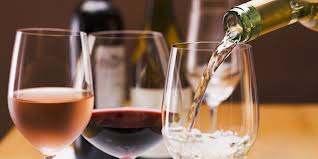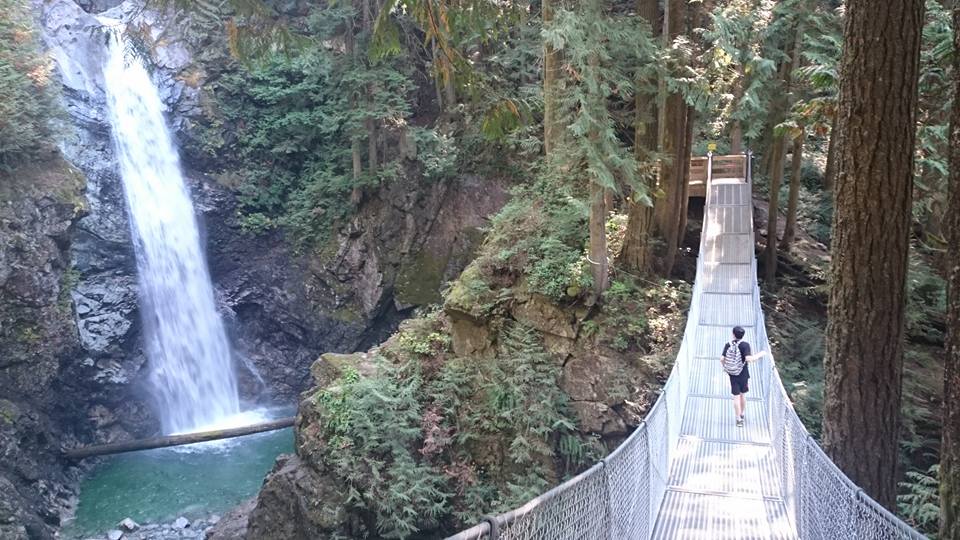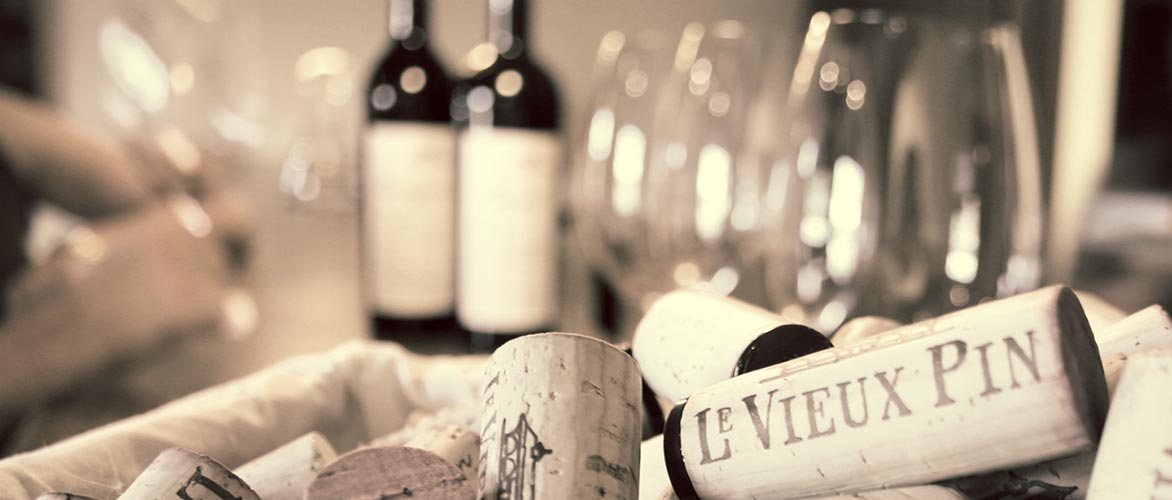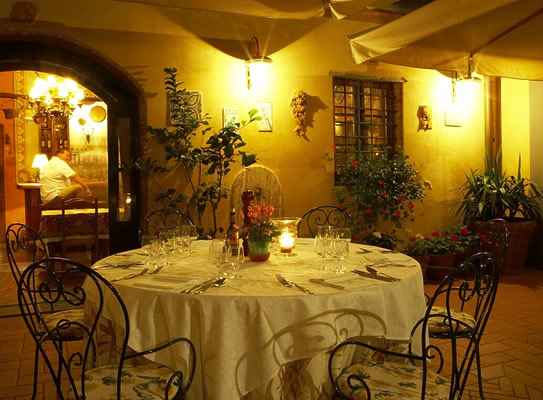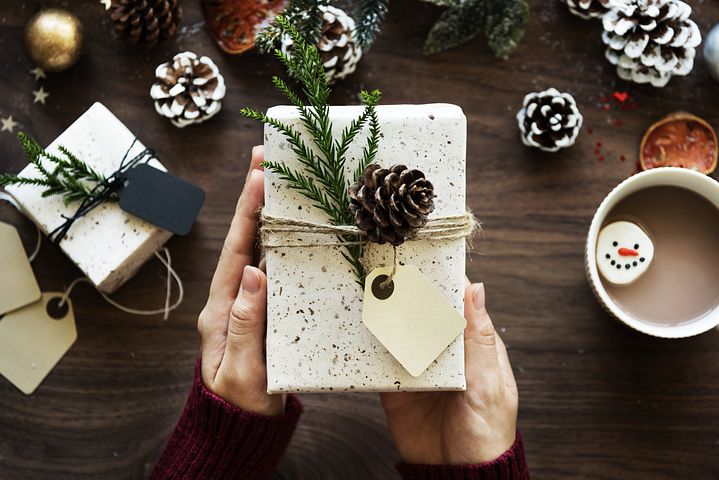I have written before about a private tasting group that I have been invited to sit in with from time. The most recent event contrasted BC and Argentinian wines. There were four whites and four reds, of which there were two white varieties and two red from each region. It was a blind tasting as well, so our task was to correctly identify the varietal and region for each wine. This was a very interesting challenge indeed. Now, it can be rightly argued that with the right wine from the right producer, the wines could be quite easy to identify, but when you are comparing two BC whites wines and two BC reds with similar wines from Argentina, it clearly wasn’t as easy as some might think.
We tasted the four white wines and made our guesses before the labels were unveiled.
The first wine was rather nondescript at first, which made it hard to identify, but it opened up a little with time. It was lemon yellow in colour with medium-light intensity, a faint nose, good balance with some pleasing flavours and a medium short finish. It was a good, clean, crisp glass of entry-level white wine. There were many guesses on this one, including unoaked Chardonnay and Pinot Gris.
Astica 2015 Sauvignon Blanc/Semillon Argentina $11.99
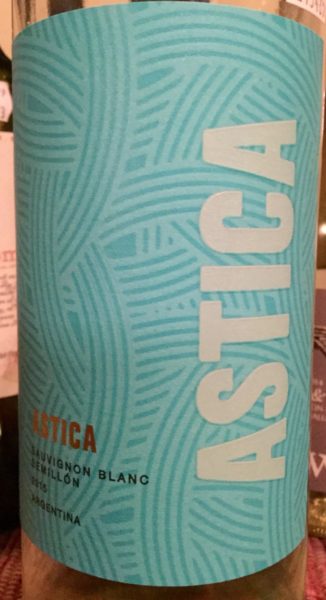 i
i
The next was golden yellow in colour with medium plus intensity. The nose showed aromas of oak and honey with a bit of a stemmy bramble note. The balance was good followed by a medium plus finish. Clearly a big, ripe Chardonnay
Kettle Valley 2014 Chardonnay Reserve BC $34.99
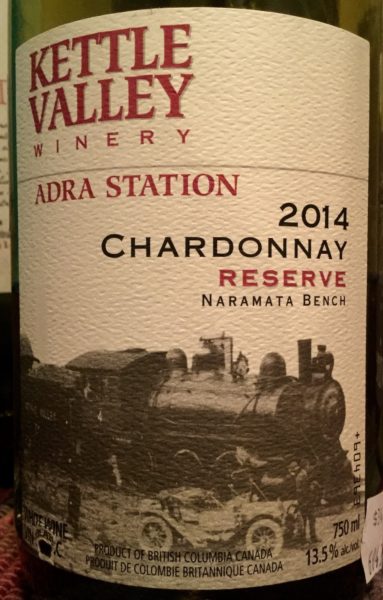
Wine number three was lemon yellow in colour with medium minus intensity and a classic grassy gooseberry nose so indicative of Sauvignon Blanc. Very good balance and flavours that echoed the nose followed by a medium plus finish.
Haywire 2014 Waters & Banks Sauvignon Blanc BC $26.99
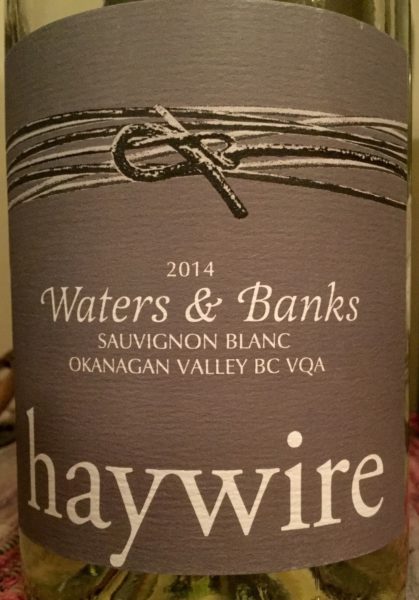
The oak on the nose of the final white wine meant it could be a Fume Blanc (oaked Sauvignon Blanc) or a Chardonnay. It was lemon yellow with medium-minus intensity. Oak dominated the fruit on the nose and palate, the balance was good and it had a medium-plus finish.
Felino 2013 Vina Cobos Chardonnay Argentina $22.49
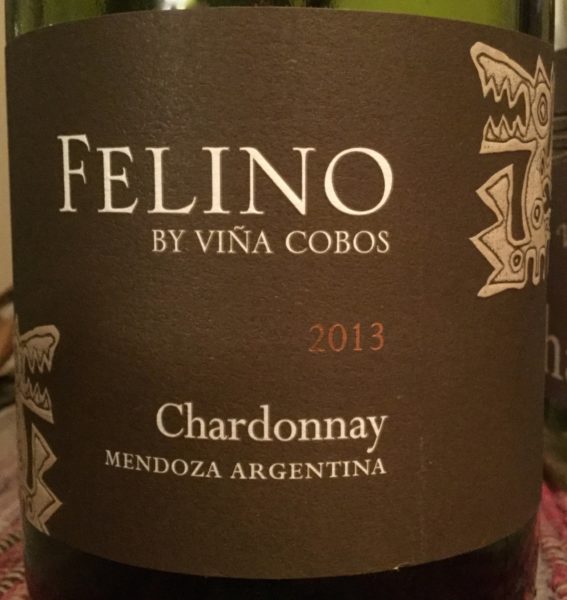
The majority of the people thought that the Haywire Sauvignon Blanc and the Felino Chardonnay were the two best in the first flight. Then it was on to the reds. Two of the wines were clearly deeper and darker in colour, which seemed to be an indication that they might be the same variety.
The first in the second flight was ruby red in colour with medium plus intensity. Red fruit and violets on the nose. The balance was good. Red fruit on the palate followed by a medium-plus finish. There was lots of discussion on what varietal it might be as it was hard to pin down. Sure didn’t seem to be Malbec.
Tomero 2014 Cabernet Sauvignon Argentina $26.99
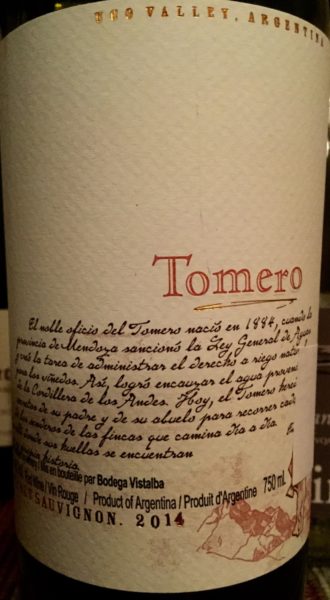
The second in line was garnet red in colour with deep intensity. Blueberry, black cherry, tobacco and meaty notes on the nose. Good balance. The flavours followed the nose followed by a medium-plus finish with lingering fruit.
Upper Bench 2012 Cabernet Sauvignon BC $39.99
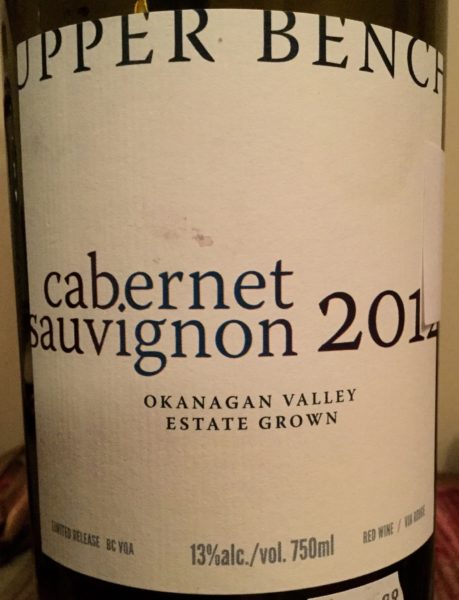
Wine three was ruby red with medium intensity. Delicate candied red fruit on the nose. Good balance with medium body. Pleasing fruit on the palate followed by a medium finish. Most people thought this was a Pinot.
Barda 2013 Pinot Noir Argentina $47.99
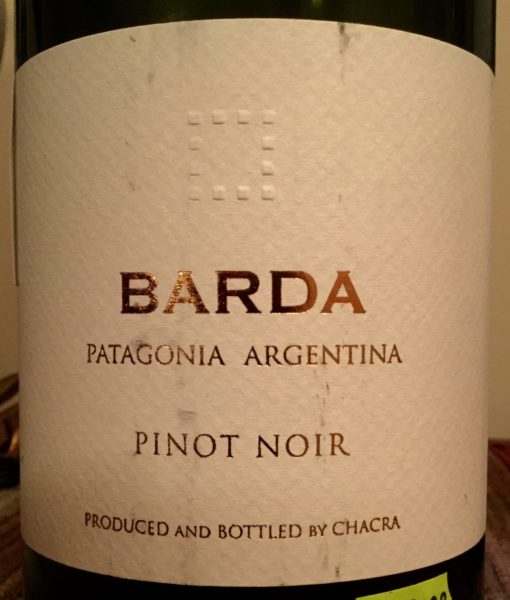
The last was garnet red with medium-plus intensity. The nose showed floral, plum and cherry and cinnamon aromas. Good balance with a slightly sweet entry. Perfume, sweet spice and berries on the palate. Another one that was tricky to identify.
Kettle Valley 2012 Pinot Noir Reserve BC $39.99
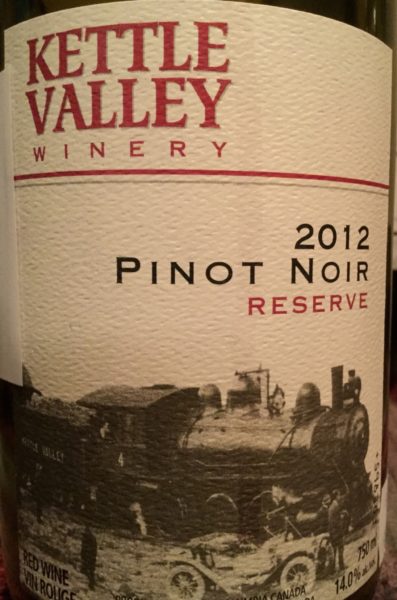
This time people preferred the first two red, the Tomero and Upper Bench Cabs. Interestingly enough, the most expensive wines were not the top picks.
At the end of the session we were given a final task. We were presented with two glasses of red wine (X & Y). Both were handmade 2013 Syrah made from Washington State grapes. One was from a bottle that was closed with a plastic cork and the other had been sealed with a traditional cork. Our challenge was to figure out which was which. The results surprised everyone and even shocked a few. Most people preferred wine X and found it had a fresh fruity nose and showed good varietal character. Wine Y had a flat nose, lacked fruit and had a slight off odour, and had more noticeable tannins. Everyone thought that X had been sealed with cork and Y with plastic. We were all wrong. This is planned as a 12-year experiment, so it will be interesting to see what the results will be next year.

